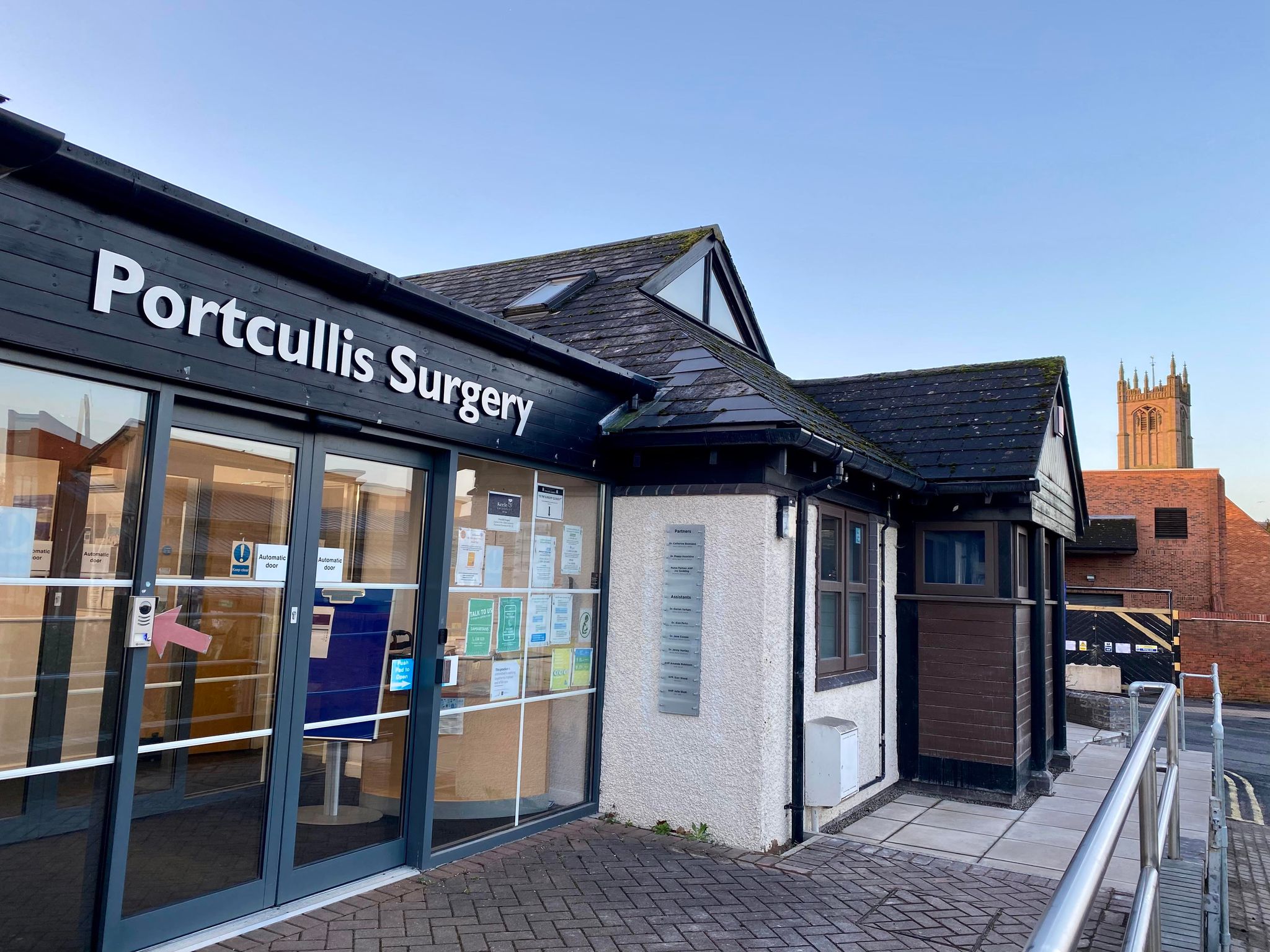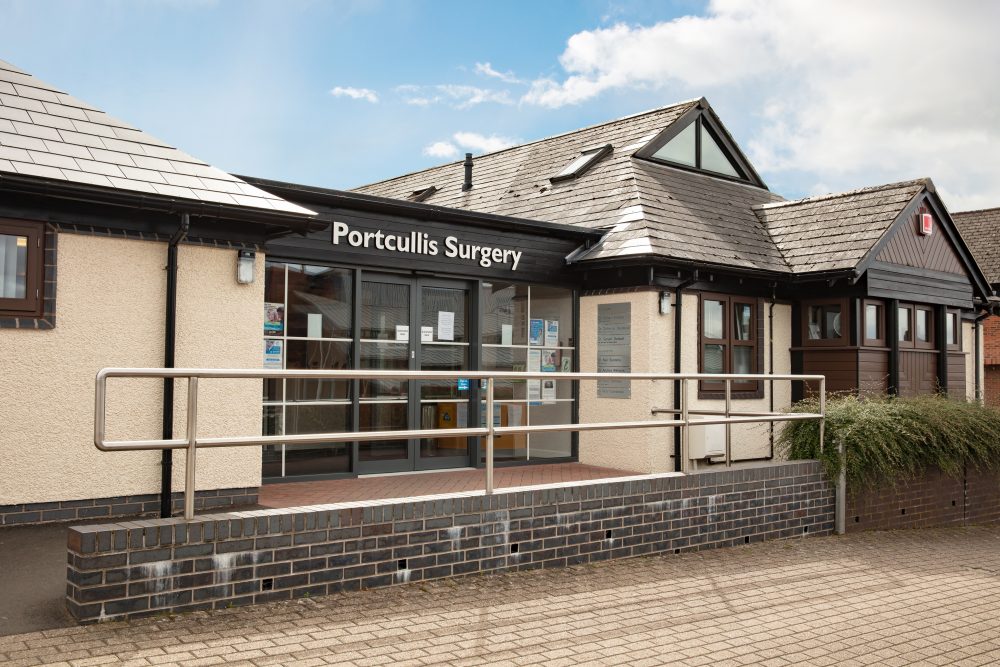Portcullis Surgery
Portcullis Lane, Ludlow, SY8 1GT Send us an online question or request
Telephone: 01584 872 939
We are closed. Call 111 for urgent advice out of hours.

Merry Christmas and a Happy New Year! Congratulations to Dr Yarham on his retirement Congratulations to our Paramedic Sian Woods, Masters in Advanced Clinical Practice and Lead Clinician for Minor Surgery WAITING TIMES ARE CURRENTLY VERY LOW Focus on Women’s Issues Thankyou to the family of Mr Bill Friswell. Information about Home visits and waiting times- IMPORTANT please share this information RIP Mrs Gloria Corfield Dr Jenny Hartley attends 10 Downing Street Covid and Flu vaccines
How to self-monitor your oxygen levels at home
What is pulse oximetry?

Oxygen is carried around in your red blood cells by a molecule called haemoglobin. Pulse oximetry measures how much oxygen the haemoglobin in your blood is carrying. This is called the oxygen saturation and is a percentage (scored out of 100). It’s a simple, painless test which uses a sensor placed on your fingertip or earlobe.
What’s pulse oximetry used for?
People with a lung condition may have a blood oxygen level lower than normal, so pulse oximetry can help to diagnose if there is a problem.
The more the lungs are damaged, the more likely there is to be a problem with oxygen uptake. Pulse oximetry can also be used to measure to how badly a person’s lungs are affected.
How can I prepare for a pulse oximetry test?
Nail varnish or false nails can block the light and affect the reading. So please remove it on one finger only. This will help get an accurate result.
What happens during a pulse oximetry test?
The device is clipped to your finger or earlobe. This gadget shines light through your fingertip or earlobe. It works out how much oxygen is in your blood.
Can I do a pulse oximetry test at home?
Home use oximeters are available for sale online and in chemists. These can be used to measure the levels of oxygen in your blood, but sometimes give poor or inaccurate measurements. There is some evidence to suggest the use of oxygen monitors can be useful in cases of COVID-19 at home. (1)
Before testing at home, talk to your pharmacist to discuss the best products they recommend.
What will the results look like?
The oximeter display shows the percentage of oxygen in your blood. For someone who’s healthy, the normal blood oxygen saturation level will be around 95–100%. If the oxygen level is below this, it can be an indicator that there is a lung problem. A change in your oxygen level may mean that your lung condition has got worse.
In people with pneumonia or COVID-19 infection oxygen saturation can help to decide if someone needs to be looked after in hospital. If you are worried about breathlessness you should always call for help even if your monitor appears normal.
Reference
Opening Times
- Monday
08:30am to 06:00pm
6.30-9.30pm Bookable in advance appointments only.Call 111 for advice OOH - Tuesday
08:30am to 06:00pm
6.30-8pm Bookable in advance appointments only. Call 111 for advice OOH - Wednesday
08:30am to 06:00pm
6.30-9.30pm Bookable in advance appointments only.Call 111 for advice OOH - Thursday
08:30am to 06:00pm
6.30-8pm Bookable in advance appointments only.Call 111 for advice OOH - Friday
08:30am to 06:00pm
6.30-9.30pm One Friday a month Bookable in advance appointments only.Call 111 for advice OOH - Saturday
CLOSED
9-5pm One Saturday a month Bookable in advance appointments only.Call 111 for advice OOH - Sunday
CLOSED
Call 111 for advice OOH






